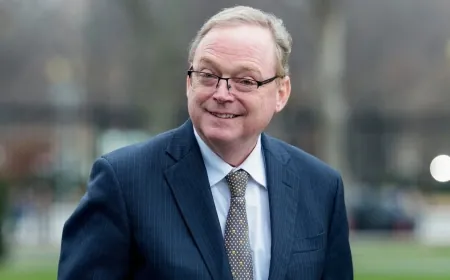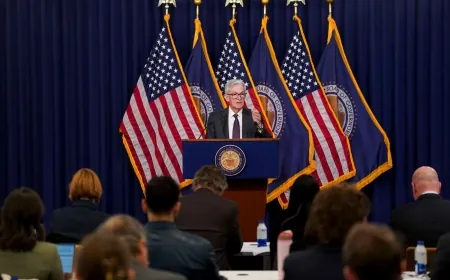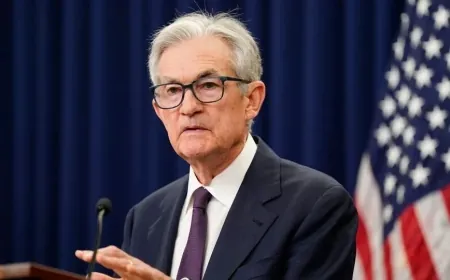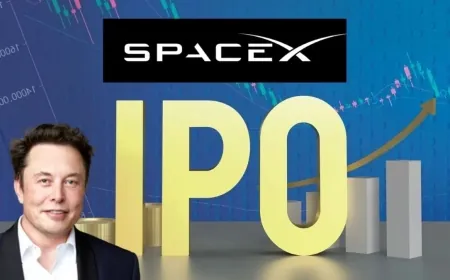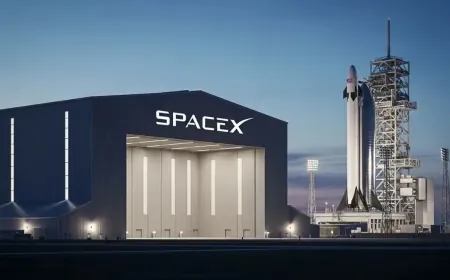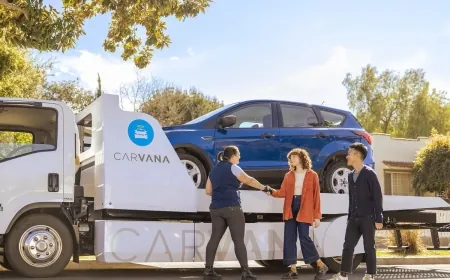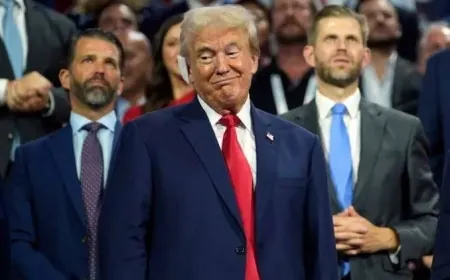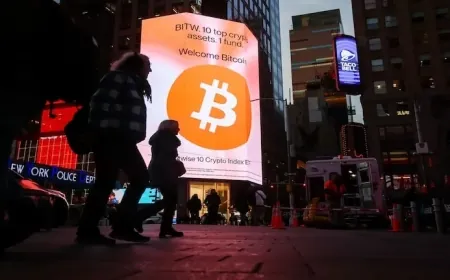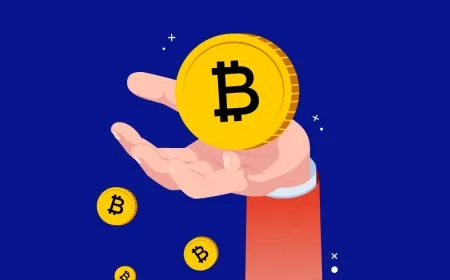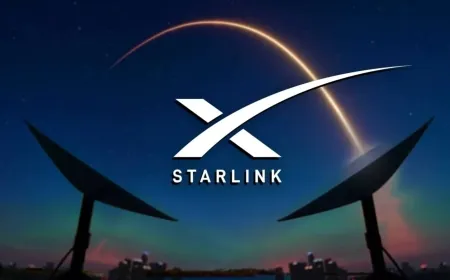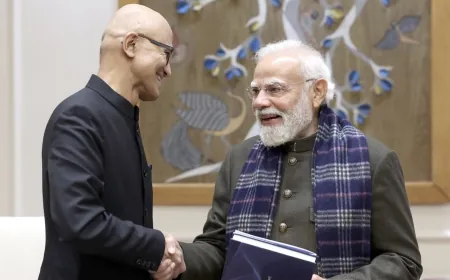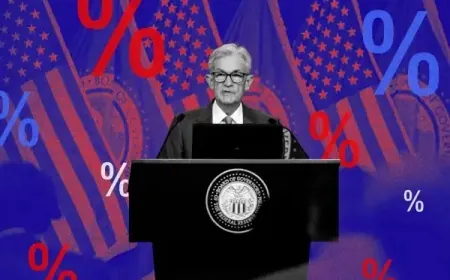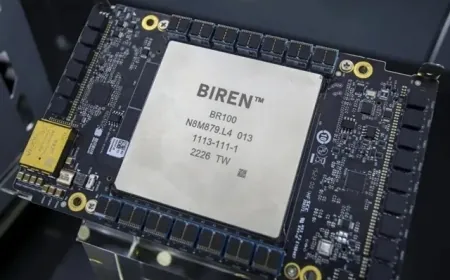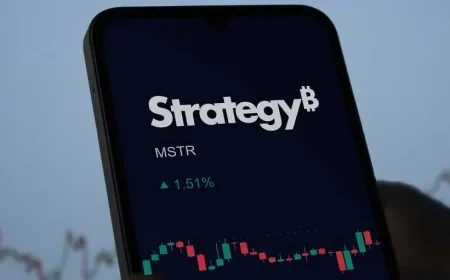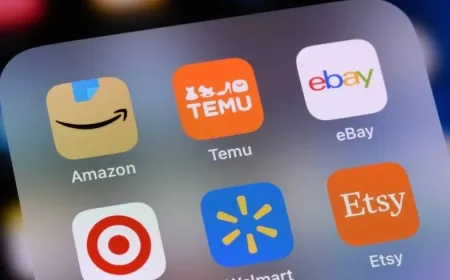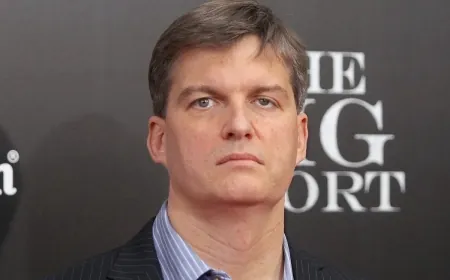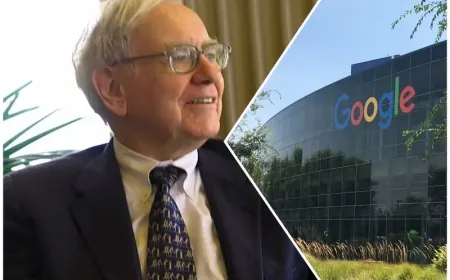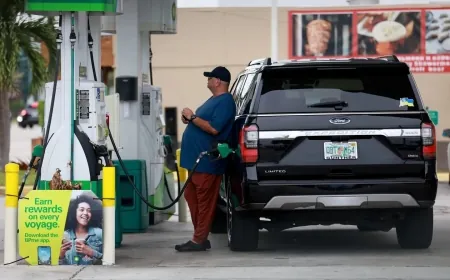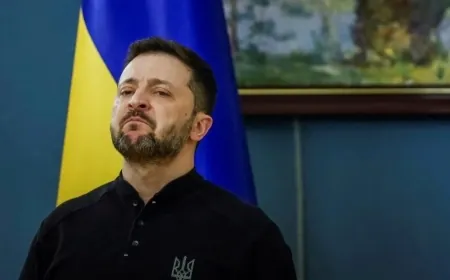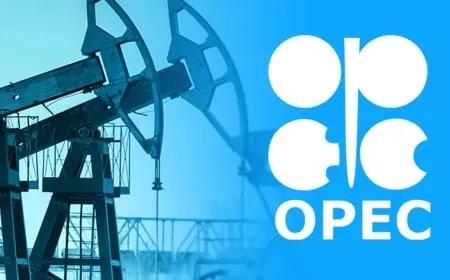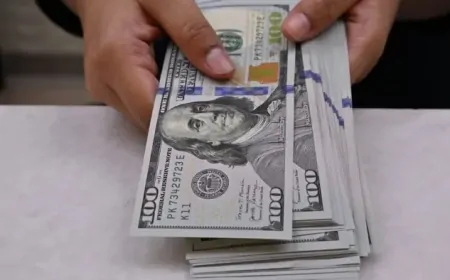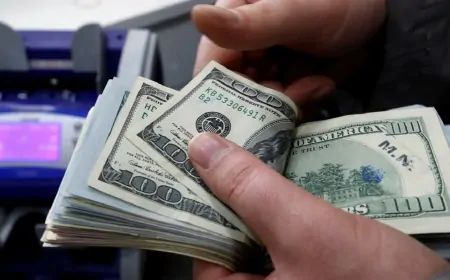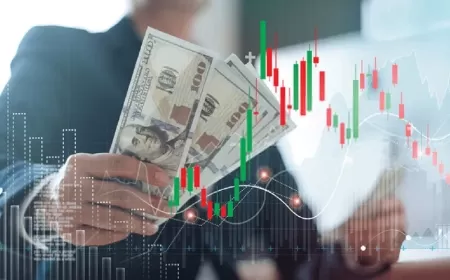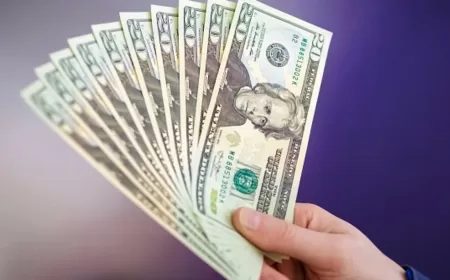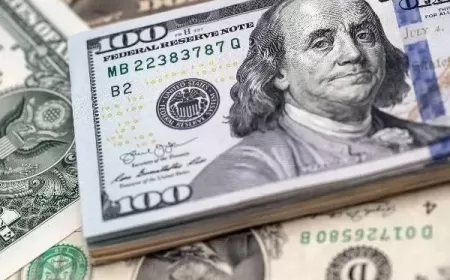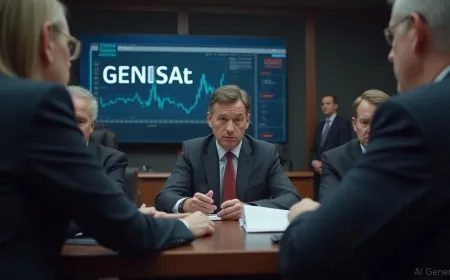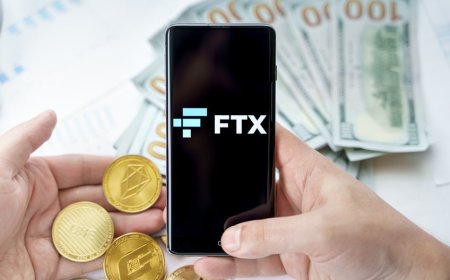Trump Puts Bitcoin at Center of U.S. Strategy in First 100 Days
In just 100 days, Trump secures Bitcoin as a U.S. asset, builds crypto reserves, and blocks a digital dollar. Major move for America's financial future.
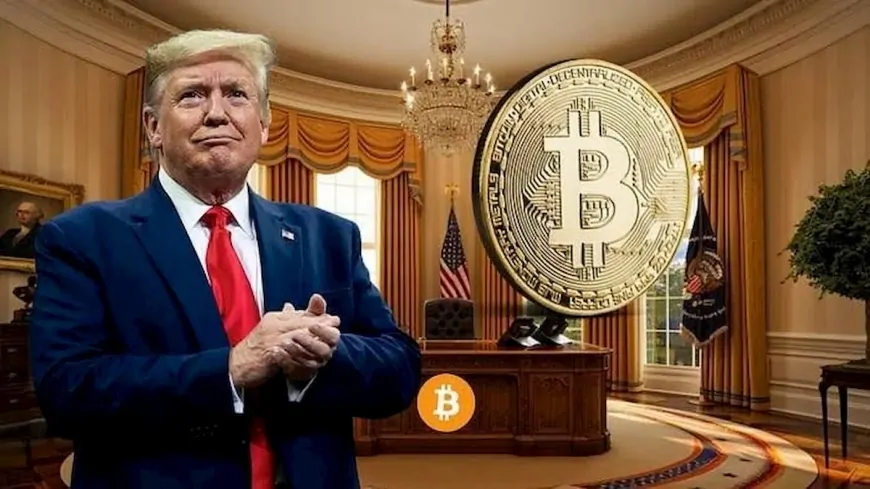
President Donald Trump plans to celebrate the first 100 days of his second term with a rally in Michigan on April 30. As his administration marks this milestone, one shift stands out: the federal government has taken firm steps to integrate Bitcoin into the national economy.
In one of his earliest actions after returning to the White House, Trump signed an executive order to create a Strategic Bitcoin Reserve, officially treating Bitcoin as a major national asset. The move places Bitcoin in the same legal and economic category as traditional commodities like oil and gold, ending years of regulatory uncertainty.
Commerce Secretary Howard Lutnick, speaking about the rollout, credited David Sacks with playing a major role in accelerating the plan. Lutnick emphasized that recognizing Bitcoin as a commodity provides clarity to investors and businesses, allowing for more confident participation in the crypto sector.
Expansion Beyond Bitcoin: Ethereum, Solana, XRP Brought Into Focus
The Strategic Bitcoin Reserve already holds 200,000 BTC, mainly consisting of Bitcoin seized in past enforcement actions. In addition to Bitcoin, a second reserve is being built to include other established cryptocurrencies such as Ethereum, Solana, and XRP.
Officials say these reserves are intended to strengthen America's financial position and to ensure that the U.S. remains competitive in digital asset innovation, especially as rival nations continue to ramp up their crypto strategies.
Executive Orders Supporting Public Blockchains and Mining Activity
Beyond creating crypto reserves, Trump signed executive orders supporting the use of public blockchain networks for both private and government purposes. His administration also gave new protections to cryptocurrency mining operations within U.S. borders, making it clear that mining would be viewed as a legitimate part of the national energy and economic policy.
Separately, Trump signed an order that prohibits the development of a U.S. central bank digital currency (CBDC). The administration said that creating a government-backed digital dollar could give too much control over individual financial transactions, a direction Trump strongly opposes.
Trump and Melania’s Private Crypto Initiatives Draw Attention
Trump and First Lady Melania Trump have also taken personal steps into cryptocurrency markets, launching the TRUMPand MELANIA meme coins shortly before the inauguration. Their participation in crypto projects such as World Liberty Finance has generated debate, with critics raising concerns about potential conflicts between private financial interests and public policy.
However, Trump's direct involvement sends a clear signal: he sees digital assets not just as a policy issue but as an important part of America's future economy.
A New Direction for Cryptocurrency Policy in Washington
Since the beginning of his second term, Trump’s actions have created significant momentum around cryptocurrencies inside the U.S. Regulatory uncertainty that once stalled digital asset growth is now being addressed through clearer rules and federal support.
Market observers note that Bitcoin’s regulatory status as a commodity could attract more traditional investors and push new companies to base operations inside the United States. Trump’s decisions over the past three months suggest that digital assets will remain a central part of economic discussions for the rest of his presidency.
Also Read: Trump’s New Tariffs Are Crushing These 2 Cryptos – Is Your Portfolio Safe?
